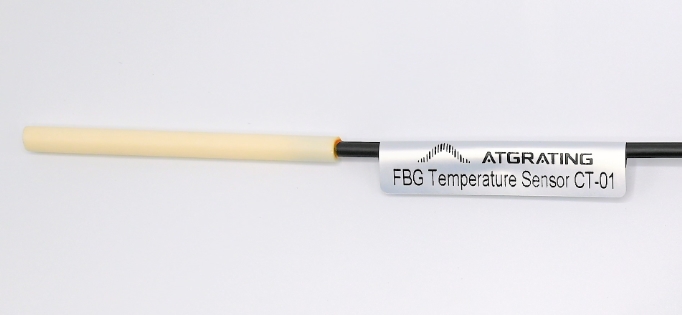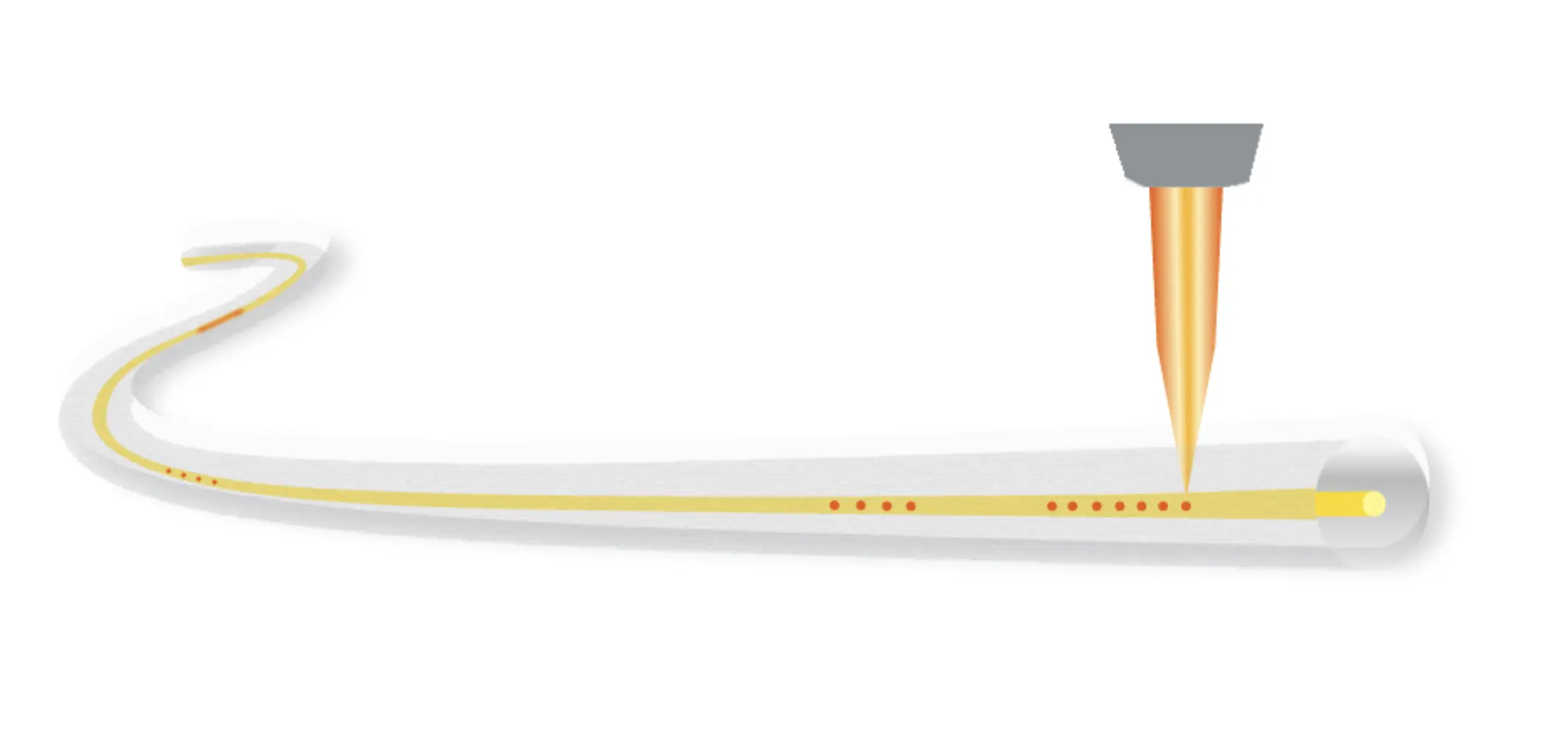Sensors used in medicine are mostly electronic sensors, which are not suitable for many medical operations, especially in the treatment of high microwave (radiation) frequency, ultrasonic field or laser radiation. Since the metal conductors in electronic sensors are easily interfered by electromagnetic fields such as currents and voltages, which can cause thermal effects around the sensor head or tumors, this can lead to false readings. In recent years, the use of high-frequency current, microwave radiation and laser for hyperthermia to replace surgical operations has attracted more and more attention from the medical community, and the small size of the sensor is very important in medical applications, because the small size has an impact on human tissues. The damage is small, and the fiber grating sensor is the smallest sensor that can be done so far. It can measure the precise local information of the temperature, pressure, and acoustic wave field inside human tissues with minimal damage. So far, the fiber grating sensing system has successfully detected the temperature and ultrasonic field of the diseased tissue, and obtained the measurement results with a resolution of 0.1°C and an accuracy of ±0.2°C in the range of 30°C to 60°C. The measurement resolution of the ultrasonic field is 10-3atm/Hz1/2, which provides useful information for studying diseased tissues.
Fiber grating sensors can also be used to measure the efficiency of the heart. In this method, the doctor inserts a thermodilution catheter embedded with a fiber grating into the right atrium of the patient's heart, and injects a cold solution to measure the temperature of the blood in the pulmonary artery. Combining the pulse power, the blood output of the heart can be known. This is very important for heart monitoring.



Latest News at ArGrating FBG Sensing
_1200_x_628_Banner.webp)
2025-Apr-16
+
2024-Oct-01
+
2024-Sep-17
+
2024-Sep-01
+